Nash-Hooper House
Introduction
Text-to-speech Audio
The Nash-Hooper House was built in 1772 by Francis Nash, who was a Revolutionary War leader of the Continental Army who was killed in action at the Battle of Germantown in Pennsylvania. In 1782, William Hooper, a patriotic leader and one of the signers of the Declaration of Independence, purchased the home and resided in it until his death in 1790. The Nash-Hooper House is listed in the National Register of Historic Places and is designated as a National Historic Landmark. The house is privately owned and is not open to the public.
Images
Nash-Hooper House now
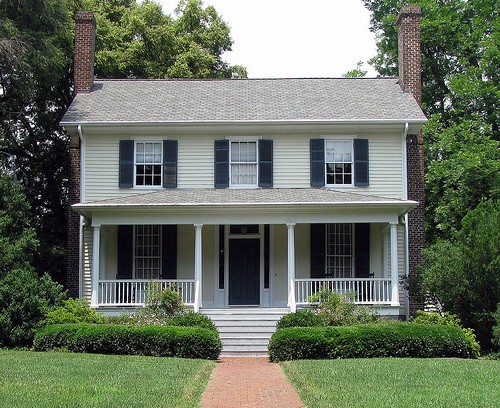
Black and white picture of the Nash-Hooper House
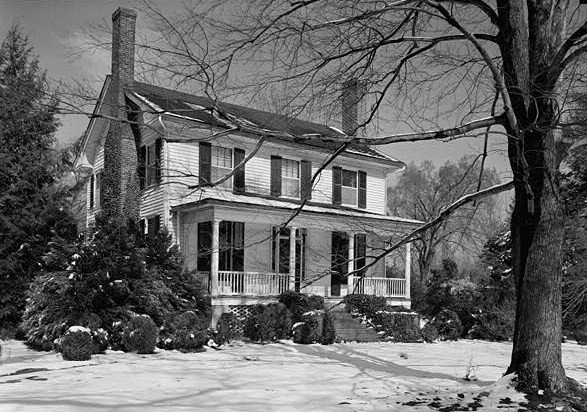
William Hooper: A patriotic leader of the American Revolution and one of the signers of the Declaration of Independence.
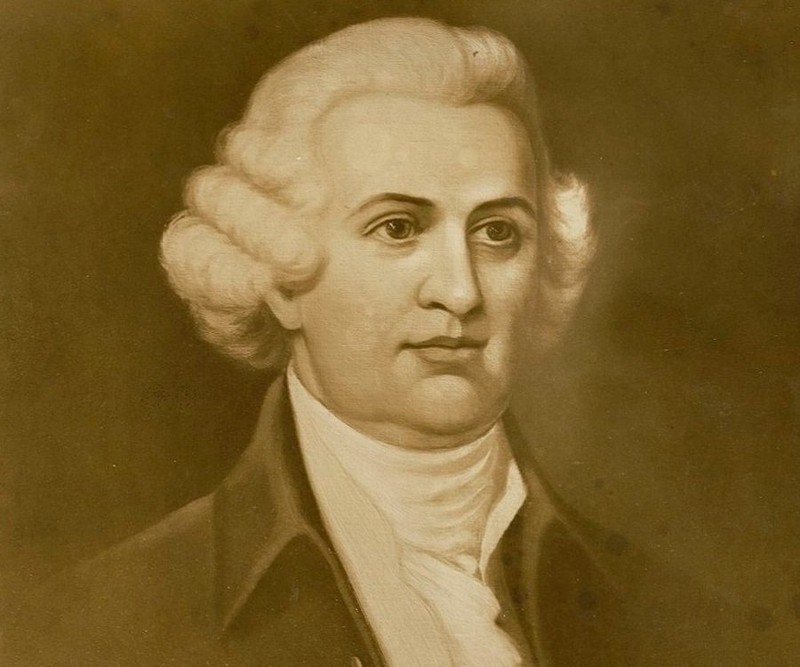
William Graham: Former North Carolina governor, United States secretary of the navy, and Confederate senator.
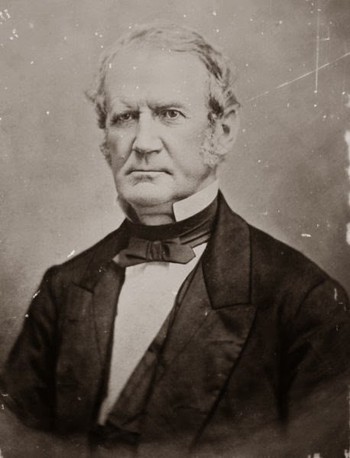
A historical marker of Francis Nash
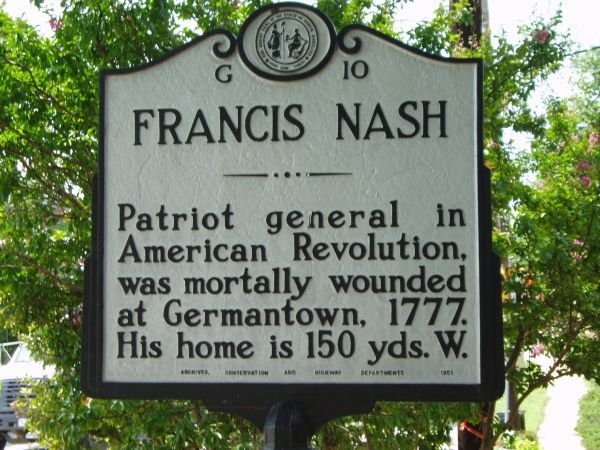
Backstory and Context
Text-to-speech Audio
The house was originally built as a rectangular shaped house that is two stories high with a gabled roof that has two chimneys on each side. New parts of the house were built throughout the 19th century. A single story framed sitting room (now the dining room) and a detached kitchen were both added in 1819. It also had a single story porch that is placed on the front of the house that was also built in 1819, but was demolished in 1908.
Before Hooper purchased the house, he and his family were driven away from their Finian estate in Wilmington by the British army. When Hooper died in 1790, he passed away in the house and was buried on the property. After his death, heirs of William Hooper retained ownership of the house until 1853. After the American Civil War ended in 1865, a former governor, United States secretary of the navy, and Confederate senator named William Graham purchased the house in 1870. Much like the death of Hooper, Graham died in the house and was buried on the property on the east side of his garden, but his remains were reinterred in 1894 at the Guilford Courthouse National Military Park in North Carolina.
Before Hooper purchased the house, he and his family were driven away from their Finian estate in Wilmington by the British army. When Hooper died in 1790, he passed away in the house and was buried on the property. After his death, heirs of William Hooper retained ownership of the house until 1853. After the American Civil War ended in 1865, a former governor, United States secretary of the navy, and Confederate senator named William Graham purchased the house in 1870. Much like the death of Hooper, Graham died in the house and was buried on the property on the east side of his garden, but his remains were reinterred in 1894 at the Guilford Courthouse National Military Park in North Carolina.
Sources
Cashion, Jerry C. Nash-Hooper House. NCpedia. Assessed 2006. https://www.ncpedia.org/nash-hooper-house.
Nash-Hooper House. National Park Service. Accessed July 4, 2004. https://www.nps.gov/parkhistory/online_books/declaration/site36.htm.
Nash-Hooper House. National Park Service. Accessed July 4, 2004. https://www.nps.gov/parkhistory/online_books/declaration/site36.htm.
